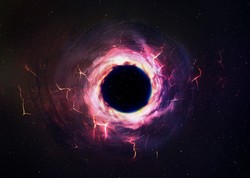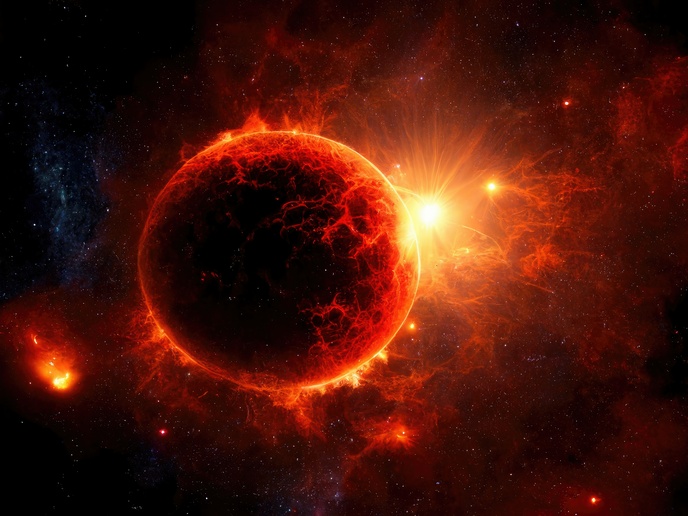Supersymmetric gravity and black holes
Some of the most interesting questions of black holes are related to fundamental problems in contemporary physics: the synthesis of ideas as well as concepts of quantum physics and space-time geometry. Over the past years, tremendous progress on several aspects of black holes has been made using string theory. String theory has attracted the most attention, among the attempts to unify gravity with the quantum theory of elementary particles and their interactions. EU-funded physicists worked on such a theoretical framework for quantum gravity to describe the quantum-scale source of the force that ties planets to stars. HYPERGRAV (The last piece of the puzzle: Off-shell hypermultiplets in string theory and complex geometry) project focused on supersymmetry, pairing bosons and fermions into supermultiplets. Specifically, the project was centred around the class of N=2 supersymmetric theories in four dimensions. For N=2 supersymmetric theories in four dimensions, the matter supermultiplets cannot be off-shell without introducing an infinite number of auxiliary fields. Hence, physicists elaborated on the conventional N=2 superspace where infinite sets of auxiliary fields were encoded in a controlled way. Specifically, physicists successfully mapped two-derivative actions involving supergravity matter systems from harmonic to projective superspace. In harmonic superspace, the fields correspond to Fourier modes on a two-sphere, while in projective superspace they match components of a Laurent expansion. Armed with general techniques to construct supergravity matter systems, physicists then turned their focus on higher-derivative actions. They extended these techniques to the case of five and six dimensions – with six dimensions being the largest number of dimensions where these supermultiplets may appear. HYPERGRAV results are expected to have interesting applications in the study of black hole mechanics. Higher-derivative terms, including those involving supermultiplets, have largely unknown effects to the so-called Bekenstein-Hawking entropy of a black hole.







